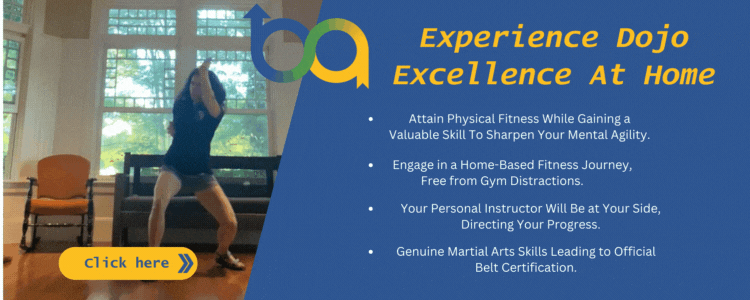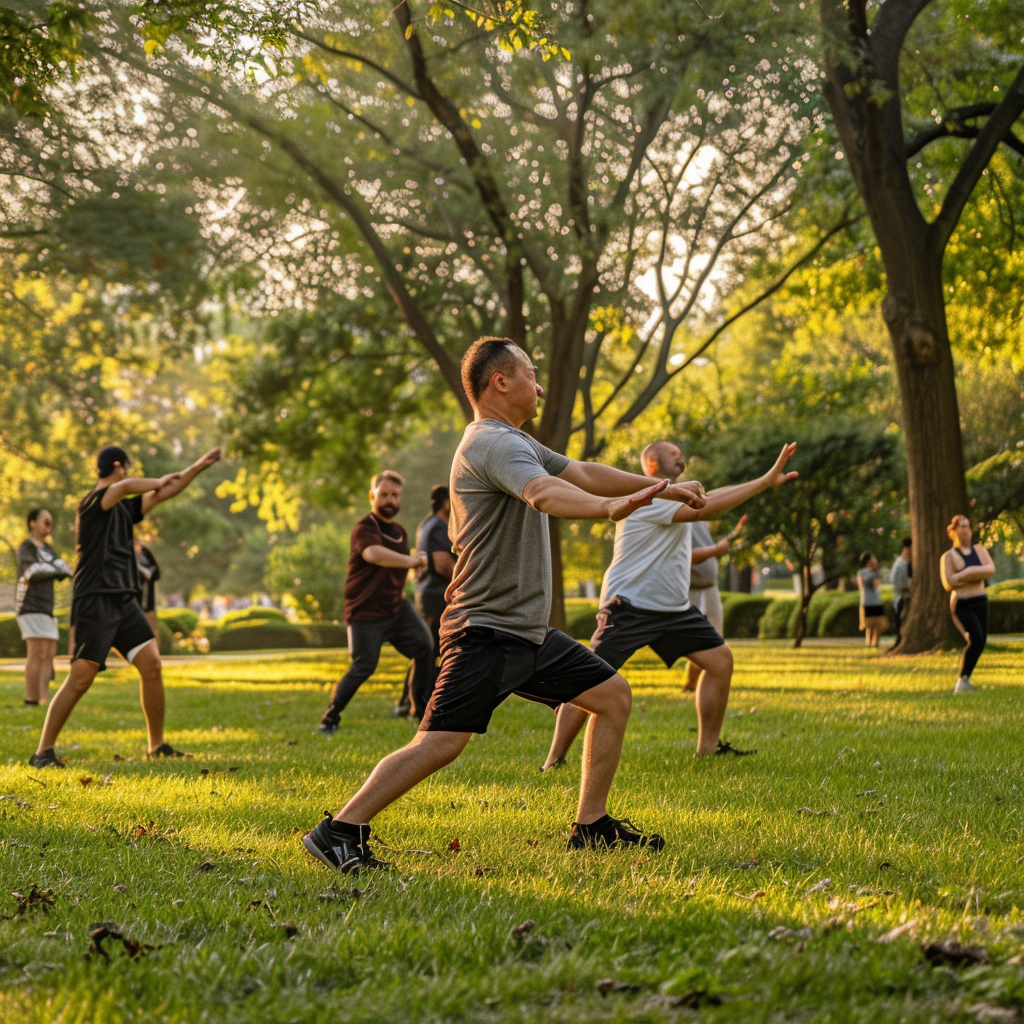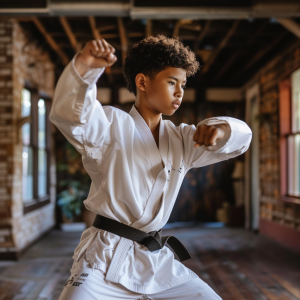 While martial arts are essentially the study of the mastery of movement, they offer much more than just a pathway to learning self-defense.
While martial arts are essentially the study of the mastery of movement, they offer much more than just a pathway to learning self-defense.
At the center of these ancient practices lies a deep understanding of the body’s mechanics and the mind’s focus. Central to this understanding are the principles of breathing, balance, and postural dynamics.
These elements are not merely supplementary to martial arts training; they are foundational to mastering techniques and achieving peak performance. When a student focuses on these components, they can enhance their physical body, reduce stress, and improve mental clarity – and that is just the beginning!
These practices also offer numerous benefits to neurodivergent individuals. Research has shown that structured physical activities like martial arts can have profound positive effects on cognitive function, emotional regulation, and motor skills for individuals with neurodevelopmental differences.
It’s important to bring attention to how breathing, balance, and postural training can provide unique therapeutic benefits, and how martial arts is an excellent tool to achieve these advantages – enhancing both physical and mental health for neurodivergent and neurotypical individuals alike.
How Breathing and Balance Builds a Strong Foundation
It may seem strange to hear, but breathing is a fundamental yet often overlooked aspect of martial arts training.
Proper breathing techniques can significantly influence a practitioner’s performance, endurance, and overall mental state. Controlled breathing helps regulate oxygen flow to the muscles, enhancing stamina and reducing fatigue, which is vital when practicing martial arts. Studies have shown that focused breathing can also activate the parasympathetic nervous system, reducing stress and promoting a state of calmness, which is crucial during high-pressure situations in martial arts and in life.
In the scientific journal “Experimental Brain Research”, a breathing/balance study was published on 27 men and women in their mid-20’s by individuals at Western University in Ontario, Canada. This study found that when participants were instructed to focus on their breathing and concentrate on taking fuller, slower breaths during exercise, their ability to react to external stimuli was faster. In addition, their ability to maintain balance was higher (Zehr, 2022). The researchers stated that they believe this study provides further proof that when in a state of panic or overload (when breathing tends to be irregular and rapid), individuals tend to overreact, lose their focus, and cannot react accordingly, and therefore, lose control of their balance and ability to reason (fight, flight, or freeze).
Synchronizing breathing exercises with movement also helps achieve a state of ‘flow,’ where the mind is fully immersed in the activity, improving reaction times and decision-making skills. Martial arts provide an excellent forum for practicing movement-associated breathing techniques due to several key factors:
- Discipline and Structure: Discipline and structure are inherent within martial arts, ensuring consistent practice.
- Mind-Body Connection: Techniques like kata in Karate require synchronized breathing and movements, enhancing awareness.
- Stress Management: Controlled breathing in high-pressure scenarios helps manage stress, reduce anxiety, and maintain composure.
- Improved Physical Performance: Proper breathing enhances oxygen flow to muscles as we mentioned, improving stamina, reducing fatigue, and aiding quicker recovery.
- Focus and Concentration: Breathing techniques improve concentration, allowing practitioners to block out distractions and enhance decision-making.
- “Flow State”: Synchronizing breath with movement facilitates a flow state, enhancing performance, reaction times, and instinctual actions.
Because martial arts integrate all these benefits from breathing techniques and associated movement, it makes them ideal for those seeking an activity to not only increase their physical strength but their mental/emotional resilience as well. Focusing on this natural approach enhances both martial arts performance and overall well-being.
For neurodivergent individuals who may experience heightened anxiety or sensory overload, the practice of controlled breathing can be even more beneficial.
Studies indicate that breathing exercises can help in managing sensory overload events, improving things like concentration and emotional regulation while taking the focus from anxiety and fear (Ambitious About Autism, 2024). Check out some of these different breathing techniques that can be used to combat anxiety and sensory overload:
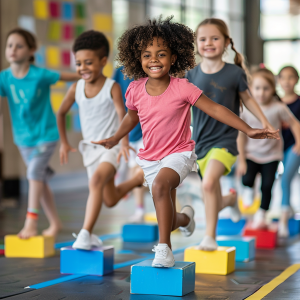 While breathing and the synchronization of breath with movement is important, balance is another cornerstone of effective martial arts practice. It involves the integration of the vestibular system (responsible for movement, balance, and coordination), the proprioceptive system (which provides feedback on your body’s position in space), and visual cues.
While breathing and the synchronization of breath with movement is important, balance is another cornerstone of effective martial arts practice. It involves the integration of the vestibular system (responsible for movement, balance, and coordination), the proprioceptive system (which provides feedback on your body’s position in space), and visual cues.
The ability to master one’s balance enhances overall coordination and is the core to performing complex movements with precision and agility. It also contributes to stability, preventing falls, and enabling a quick recovery.
Martial arts techniques such as stances and footwork drills are designed to develop strong foundational balance, enabling practitioners to generate power efficiently and execute techniques with accuracy. Practicing these drills will not only benefit your martial arts training but will also benefit your stability and coordination outside of martial arts.
For neurodivergent individuals, balance training can also have numerous therapeutic benefits like improving motor skills, spatial awareness, and coordination (Rawson, 2024). Because some of these individuals can struggle with their vestibular/proprioceptive senses, utilizing balance training within martial arts (footwork/stance drills) can encourage improvements in these areas (Rawson, 2024).
Through the integration of breathing techniques and balance training, anyone can achieve a harmonious state that enhances both physical and mental capabilities. Understanding and practicing these elements not only leads to better performance in martial arts but also offers significant benefits for overall health and well-being, especially for those with neurodivergent conditions.
Postural Dynamics – Where Does It Fit In?
While we have learned that breathing and balance can go hand in hand, especially when training in martial arts, how do we incorporate the concept of postural dynamics?
Postural dynamics essentially ties it all together. According to the National Institutes of Health (2024), postural dynamics is “the study of mechanical aspects of the human body, its sensory systems, and the principles governing coordination in motion control”.
The “mechanical aspects” (body alignment and movement) are a critical element in the practice of martial arts. Proper posture ensures that the body is aligned in a way that maximizes strength, efficiency, and balance while minimizing the risk of injury. In any sport, this is a vital piece to the puzzle.
In martial arts, this translates to the ability to generate powerful strikes, maintain stability during complex maneuvers, and seamlessly transition between movements. Many techniques emphasize the importance of body alignment, teaching practitioners to maintain a strong core, a straight spine, and balanced weight distribution.
In addition, studies have shown that maintaining proper posture can enhance muscle function, improve biomechanical efficiency, and reduce the strain on joints and ligaments. It can also help to relieve existing stiff joints/muscles for those who may be in sedentary positions for extended periods of time (Body Zone, 2024).
For martial artists, this means being able to deliver techniques with greater power and precision while also sustaining longer training sessions without experiencing fatigue or injury. Proper postural alignment also facilitates better breathing, which, as discussed earlier, contributes to enhanced physical and mental performance for any practitioner.
For neurodivergent individuals, postural training in martial arts offers unique therapeutic benefits. As we discussed, many individuals with conditions such as autism or ADHD may experience challenges with motor coordination and body awareness. Structured martial arts training can help improve these skills through repetitive practice. Research indicates that along with breathing and balance exercises, postural exercises can enhance proprioception and kinesthetic awareness (the sense of body movement), leading to better coordination and balance (Body Zone, 2024). These improvements can translate to better performance in daily activities and increased confidence in physical capabilities.
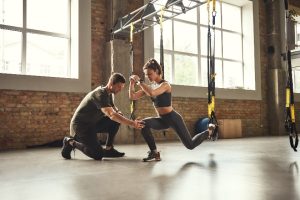 Finally, incorporating postural dynamics into martial arts practice also promotes mindfulness and body awareness. By focusing on alignment and movement, practitioners develop a deeper connection with their bodies, learning to recognize and correct imbalances. For neurodivergent individuals, this aspect of martial arts training can be particularly beneficial, helping to improve self-awareness and self-regulation.
Finally, incorporating postural dynamics into martial arts practice also promotes mindfulness and body awareness. By focusing on alignment and movement, practitioners develop a deeper connection with their bodies, learning to recognize and correct imbalances. For neurodivergent individuals, this aspect of martial arts training can be particularly beneficial, helping to improve self-awareness and self-regulation.
By understanding and applying the principles of postural dynamics, martial artists can achieve a higher level of performance and well-being. Along with breathing and balance, postural dynamics form a comprehensive approach to martial arts training that not only enhances physical abilities but also offers profound mental/emotional benefits, especially for those with neurodivergent conditions.
While the journey through martial arts is one of continual learning and self-improvement, it is vital to remain grounded through consistent practice and focus. These foundational elements not only enhance a martial artist’s technical skills and physical performance but also contribute to overall mental well-being and resilience.
By focusing on controlled breathing and movement, working on your balance, and applying postural dynamics, practitioners can improve their stamina, refocus their minds, reduce stress, develop agility, coordination, stability, and minimize the risk of injuries both on the mat and in your everyday life
For neurodivergent individuals, the benefits of martial arts training are particularly significant. Structured breathing can help manage anxiety, prevent sensory overload, and improve focus, while balance exercises can enhance motor skills and spatial awareness. Postural training can lead to better body awareness and coordination overall.
The science we’ve discussed and the personal experience I have had both as a student and as a Master Instructor reveal the profound impact of these foundational elements on overall well-being. Whether you are an experienced martial artist or just beginning your training, integrating these principles into your daily practice can lead to a deeper understanding of your body and mind. By applying and regularly practicing these concepts, anyone can unlock their full potential, both on and off the mat, for a more comprehensive well-being.
References
Ambitious About Autism. (2024). Breathing Strategies to Support Well-Being. Retrieved from https://www.ambitiousaboutautism.org.uk/understanding-autism/health-and-wellbeing/physical-mental-wellbeing
Body Zone. (2024). Better Posture and Martial Arts. Retrieved from https://bodyzone.com/better-posture-martial-arts/
Rawson, K. (2024). Balance Exercised: An Alternative Treatment for ADHD. Coachbit. Retrieved from https://coachbit.com/the-parent-bit/balance-exercises-an-alternative-treatment-for-adhd/
Zehr, E. (2022). Slowing Your Breathing to Speed Up Your Balance. Psychology Today. Retrieved from https://www.psychologytoday.com/us/blog/black-belt-brain/202210/slowing-your-breathing-speed-your-balance

